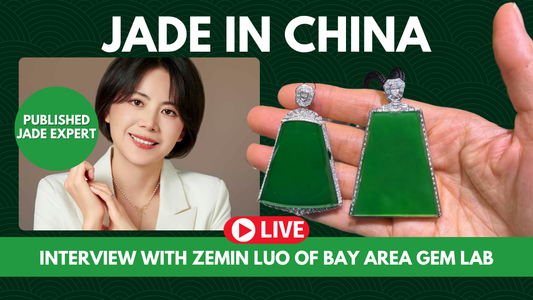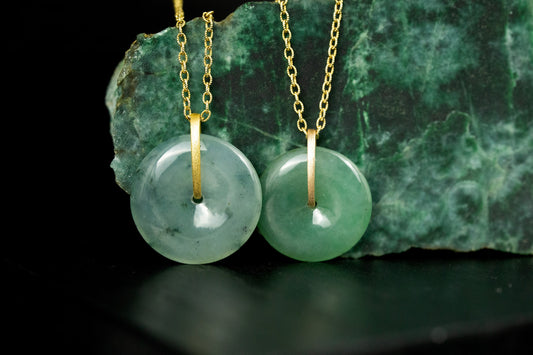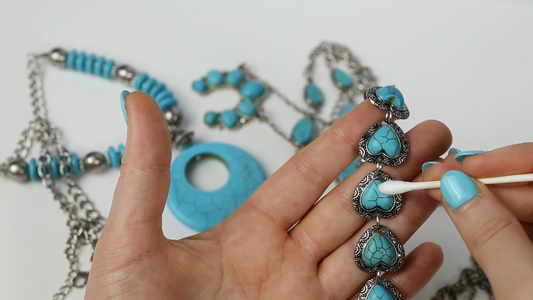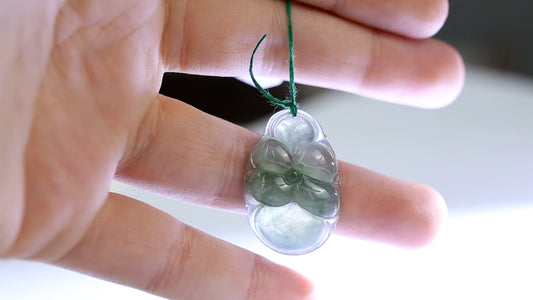The scratch test is a commonly used method for identifying minerals, and many people believe that they can use this test to authenticate jade. However, this is not a reliable method for non-gemologists to use for identifying jade, and it can actually damage the stone.

To understand why the scratch test is not reliable, it is important to understand the concept of hardness. Hardness refers to a mineral's ability to resist scratching, and it is measured on a scale called the Mohs scale of mineral hardness. The Mohs scale ranges from 1 to 10, with 1 being the softest mineral (talc) and 10 being the hardest (diamond).
Jadeite jade, which is one of the two types of jade, has a hardness of around 6.5 to 7 on the Mohs scale. This makes it harder than most common materials such as glass, steel, and fingernails. However, it is softer than materials such as topaz, sapphire, and diamond.
Stainless steel, which is often used for hardness testing, has a hardness of around 5.5 to 6 on the Mohs scale. This means that it cannot scratch jadeite jade, but it also means that it cannot scratch many other materials that are harder than steel.
This is where things get complicated. Dyed green quartz, which is a common jadeite jade simulant, also has a hardness of around 6.5 to 7 on the Mohs scale. This means that it can be difficult to distinguish between dyed green quartz and jadeite jade using the scratch test alone.
In addition, dyed green quartz and jadeite jade can have a similar appearance and sonority, which refers to the sound that the stone makes when struck. This means that even if a scratch test were to be performed on a stone that is suspected to be jadeite jade, it may not provide a definitive answer.
In summary, while the scratch test may seem like a quick and easy way to identify jade, it is not reliable and can actually damage the stone.





